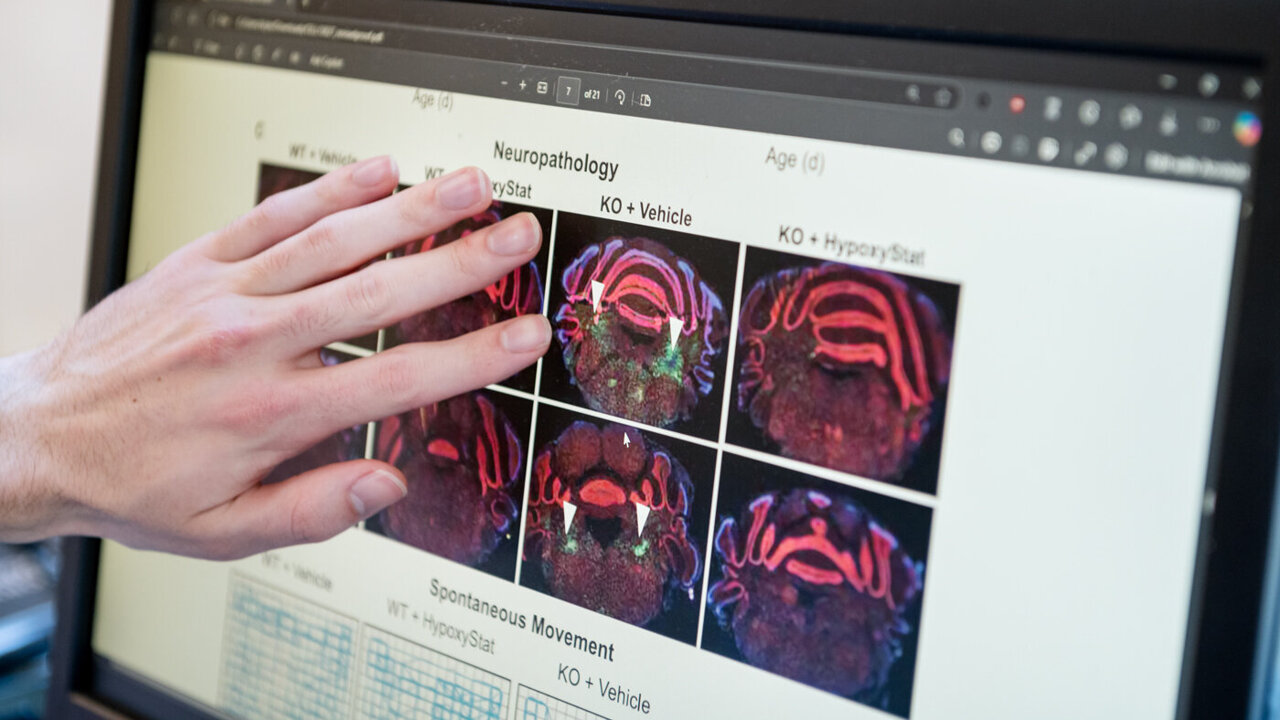Hidden Homeless: How Digital Health Records Could Spot At-Risk Patients Before They Fall Through the Cracks
Health
2025-04-15 16:25:03Content

Innovative research suggests that electronic health records (EHRs) could provide a powerful new method for identifying patients who may be experiencing housing instability. By tracking frequent residential address changes within patient records, healthcare providers might gain valuable insights into potential homelessness risks.
This emerging approach offers a nuanced and data-driven strategy for detecting vulnerable populations who might otherwise go unnoticed. Electronic health records, which are already comprehensive repositories of patient information, can now serve as an additional screening tool to help healthcare professionals identify and support individuals facing housing challenges.
The method leverages existing digital infrastructure, transforming routine administrative data into a meaningful mechanism for early intervention. By analyzing address modification patterns, medical professionals can proactively reach out to patients who may require additional social support services or housing assistance.
As healthcare continues to embrace technological solutions, this innovative use of EHR data represents a promising intersection of digital health management and social welfare, potentially helping to address one of society's most pressing challenges: housing insecurity.
Unmasking Hidden Homelessness: How Electronic Health Records Reveal Residential Instability
In the complex landscape of social welfare and healthcare, identifying individuals at risk of homelessness remains a critical challenge for medical professionals and social service providers. Emerging research suggests that innovative approaches using digital health technologies could revolutionize our understanding of residential vulnerability and early intervention strategies.Tracking Residential Mobility: A Groundbreaking Approach to Social Health Assessment
The Digital Footprint of Housing Insecurity
Electronic health records (EHRs) represent more than just medical documentation; they are increasingly becoming powerful tools for social determinants of health analysis. By meticulously tracking address changes within patient records, healthcare professionals can develop sophisticated early warning systems that detect potential housing instability long before traditional screening methods. Researchers have discovered that frequent residential address modifications often correlate with underlying socioeconomic challenges. These digital breadcrumbs provide nuanced insights into patient populations experiencing economic precariousness, enabling targeted interventions that address root causes of housing insecurity.Technological Innovations in Social Risk Detection
Advanced algorithmic techniques now allow healthcare systems to analyze longitudinal patient data with unprecedented precision. Machine learning models can identify patterns of residential mobility that might indicate imminent housing crisis, transforming passive medical records into proactive social support mechanisms. The computational power of modern healthcare informatics enables rapid pattern recognition across diverse demographic groups. By integrating address change frequency with other socioeconomic indicators, medical professionals can develop comprehensive risk assessment frameworks that transcend traditional diagnostic approaches.Ethical Considerations and Privacy Protections
While leveraging EHR data presents remarkable opportunities for social intervention, robust ethical frameworks must accompany technological innovation. Strict data anonymization protocols and comprehensive patient consent mechanisms are essential to maintaining individual privacy while pursuing broader public health objectives. Healthcare institutions must balance the potential benefits of predictive analytics with fundamental patient rights, ensuring that technological solutions enhance rather than compromise personal autonomy. Transparent communication and rigorous governance structures are paramount in maintaining trust within vulnerable communities.Implications for Public Health Policy
The intersection of digital health technologies and social welfare research represents a paradigm shift in understanding community resilience. By transforming electronic health records from passive documentation into dynamic social risk assessment tools, policymakers can develop more nuanced, data-driven approaches to addressing housing insecurity. Interdisciplinary collaboration between healthcare providers, data scientists, and social service organizations will be crucial in translating these technological insights into meaningful community interventions. The potential to predict and prevent homelessness represents a significant advancement in holistic social support strategies.Future Research and Technological Development
Ongoing research continues to explore the potential of EHR-based residential mobility tracking. Emerging studies aim to refine predictive models, incorporate additional socioeconomic variables, and develop more sophisticated early warning systems that can provide timely, targeted support to individuals at risk of housing instability. As technological capabilities expand, the ability to understand and mitigate housing vulnerability will become increasingly sophisticated, offering hope for more proactive, compassionate approaches to social welfare and community health management.RELATED NEWS
Health

Reproductive Rights Under Siege: Trump's First 100 Days of Radical Rollbacks
2025-04-30 13:38:40
Health

Measles Outbreak Sparks Alarm: New Mexico Reports Surge to 30 Confirmed Cases
2025-03-07 16:59:36






